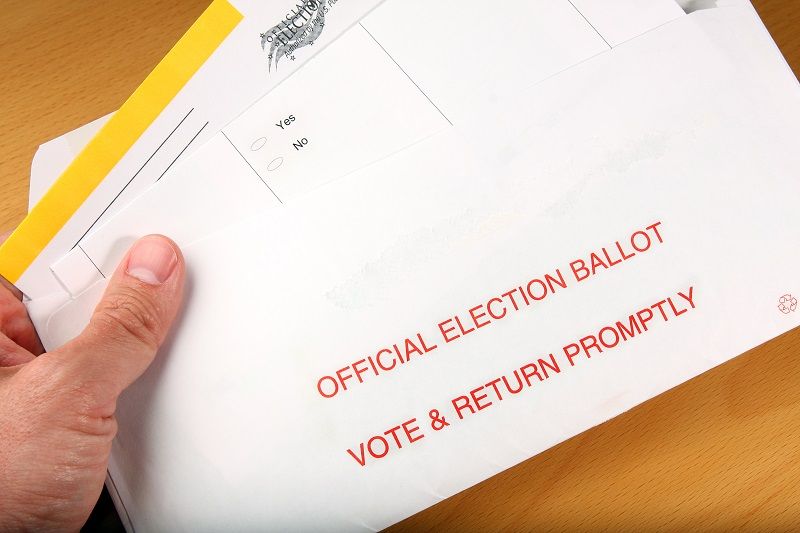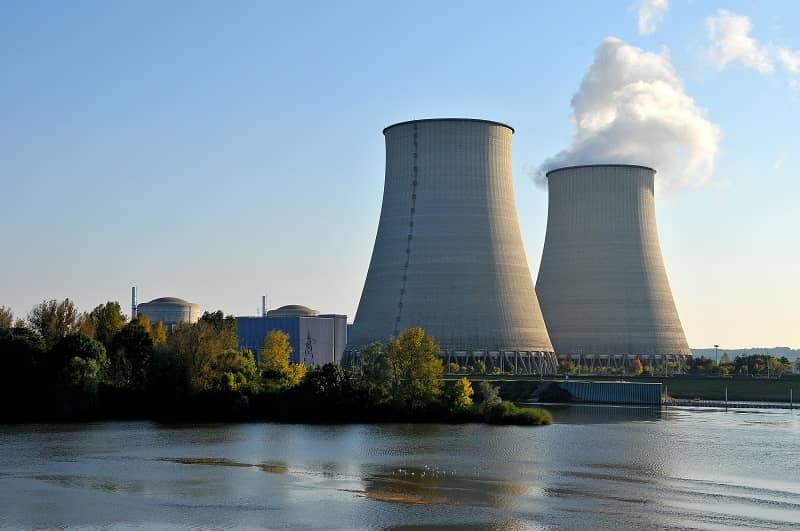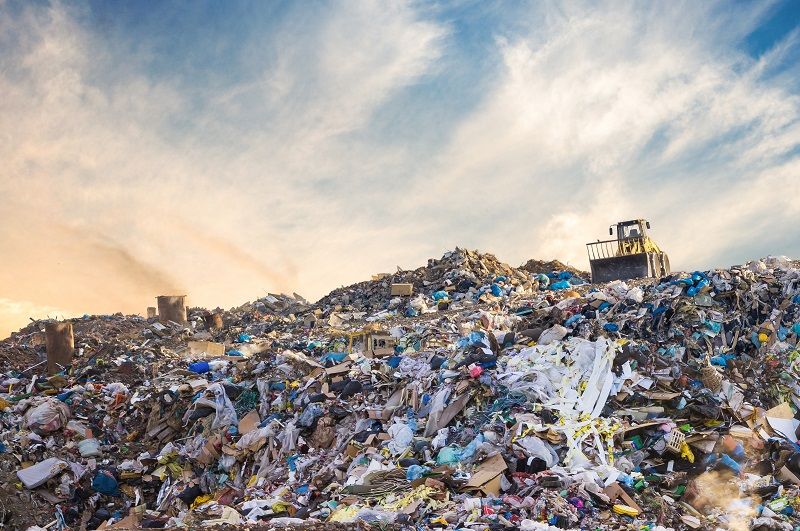Summary: The decision to regulate greenhouse gases is based on the premise that reducing human-emitted greenhouse gases will turn down the global thermostat and mitigate the damages associated with global warming. Although ambitious greenhouse gas reduction goals are well established for Oregon, there has not been a serious discussion about the possible measurable benefits that would arise from pursuing these goals.
![]() Click here to read the full report in PDF format
Click here to read the full report in PDF format
Despite the uncertainties of human-caused global warming, alarmists feel that we must act now in order to “save” the planet. However, even if a significant hazard exists, policymakers need to evaluate whether public policies will even be effective in altering global temperatures. If the proposed solutions will not be able to turn down the global thermostat, there should be no reason to charge ahead with ineffective policies that will drastically damage the state economically.
The reality is that a state or regional cap-and-trade program, or any other wide-ranging greenhouse gas reduction strategy, would not have any discernable influence on global temperatures whatsoever.
Reducing greenhouse gases for the sake of mitigating global warming has become a prime issue in Oregon public policy. The current strategy proposed for reducing greenhouse gases in the state is the implementation of a regional cap-and-trade program through the Western Climate Initiative, an organization of seven U.S. states and four Canadian provinces. Senate Bill 80 would authorize Oregon to participate in a regional cap-and-trade program which would cap emissions at a certain level and allow regulated businesses to trade emission permits in order to meet the cap.
A recent Science and Public Policy Institute study based on a global analysis of the possible benefits of the Kyoto Protocol assessed the possible “climate stabilization” effect of a complete cessation of state and nationwide emissions. Complete cessation means that there would be no fossil fuel power plants or even a single internal combustion engine. This is obviously well beyond the scope of Oregon’s greenhouse gas reduction goals.
If all of the seven states included in the Western Climate Initiative’s cap-and-trade program completely reduced their emissions to zero immediately and continued this into the future, by 2050 there would be only a 0.014 degree Celsius change in global temperature. By 2100, there would be a mere 0.021 degree Celsius change, not enough even to measure accurately. Moreover, the Oregon contribution to any reduction in global temperature would be only a tiny fraction of that. In fact, if Oregon completely reduced its emissions to zero now and into the future, the reduction in greenhouse gases would be completely replaced by foreign emissions growth in 16 days. The growth in China alone would replace Oregon’s greenhouse gas reductions in just 25 days.
Another way to assess the possible environmental benefit of cap-and-trade in Oregon is how much carbon dioxide actually will be reduced in the atmosphere due to this policy. The amount of carbon dioxide in the atmosphere is measured in parts per million (ppm) and, as of 2008, the earth’s atmosphere contains approximately 387 ppm of carbon dioxide, of which 3.2% is considered of human origin. 22% of this is emitted in the United States, and of that Oregon represents 0.7%. The sectors that initially would fall under a cap in Oregon would be industry and electric utilities, which emit 54% of the CO2 emissions of Oregon (387 x 3.2% x 22% x 1% x 54% = .01 ppm).
This means that completely shutting down industry and electric utilities in Oregon (well beyond the scope of a cap-and-trade program) would reduce global CO2 by an insignificant 1/100th of a ppm, not even a measurable amount. Because the atmosphere concentration of CO2 has been increasing by about 1 to 2 ppm per year, we would need to completely shut down industry and electric utilities in over 100 Oregons in order to reverse just one year’s global growth of CO2.
The decision to regulate greenhouse gases is based on the premise that significantly reducing human-emitted greenhouse gases would turn down the global thermostat and mitigate the projected damages associated with global warming. Although ambitious greenhouse gas reduction goals are well established for Oregon, there has yet to be a discussion of the possible measurable benefits that would arise from pursuing these goals. Unfortunately, it seems that policymakers are overly focused on coming up with strategies to reach the reduction goals, while the true meaning behind the goals (achieving stable global temperatures) is lost.
Focusing on achieving costly goals that have little or no environmental benefit is illogical. Unfortunately, Oregon is quickly moving forward to implement greenhouse gas regulations, like the Western Climate Initiative’s cap-and-trade program, without truly assessing any possible global warming mitigation benefit. Reducing greenhouse gases on a state or regional level would do nothing to curb the perceived threats of climate change or to adjust the global thermostat, and assuming that the rest of the world will sign onto greenhouse gas reduction goals (and actually achieve those goals) is unrealistic.
![]() View chart on the second page of PDF version.
View chart on the second page of PDF version.











